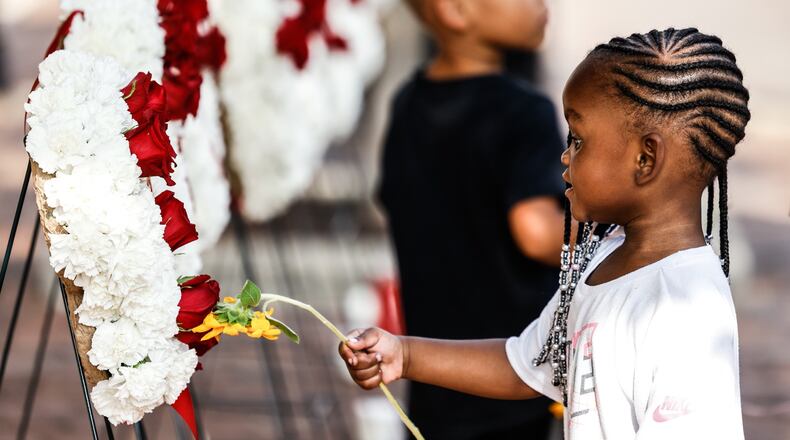In the years since that tragic shooting, we’ve seen the COVID-19 pandemic exacerbate violence in communities that are least served by the current public safety system. Being a victim of a crime can be a life changing and difficult experience. Everyone responds differently to trauma, and recovery can take a long time. The least we can do is help these victims recover and end the cycles of trauma, which, in turn, make our communities safer.
Many states — including Ohio — offer victim compensation programs to assist in the healing process. In 2017, the Alliance for Safety and Justice — a national organization dedicated to lifting up the voices of crime survivors — launched a statewide network of Trauma Recovery Centers that help survivors deal with the aftermath of violent crimes, whether it’s mental health treatment, finding new housing or applying for lost income.
Unfortunately, not all victims can access these critical services. We saw this firsthand in the aftermath of the Oregon shooting as the CitiLookout Trauma Recovery Center helped treat some of these very victims. We saw the physical, emotional and mental trauma that makes it so difficult for people to move on with their lives. Their livelihoods were upended and they needed help to get back on track.
But as the Dayton Daily News reported in August 2020, the state denied 19 claims for victim compensation after the shooting, including four because they had a felony record. Ohio’s victim compensation program is the only one in the nation where a victim or their family can be denied critical funding because an applicant is being charged or accused of a crime — even if they were not convicted.
Additionally, crime victims are denied funding if they test positive for a controlled substance when they were victimized, even if they weren’t charged with a crime or if they weren’t aware they had it in their system. One Oregon District shooting victim was denied compensation after testing positive for methamphetamines despite having an Adderall prescription.
Crime victims who apply for help in Ohio are more likely to have their applications denied than approved. Our state has the second highest victim compensation denial rate in the nation and nearly 6 in 10 victims who apply are denied the support they need. For survivors of color, denial rates are even higher. Ultimately, this approach does nothing to improve public safety. Instead, it stigmatizes victims and takes away a crucial lifeline that helps to stabilize their lives.
In 2018 and again in 2020, ASJ partnered with former State Sen. Peggy Lehner and Sen. Nathan Manning, who took the first step in addressing these critical public safety reforms by introducing legislation to make changes to the victims compensation system. This year, the Ohio Senate passed SB 36, sponsored by Manning, and it expands access to victim compensation for immediate family members of certain crimes, and removes restrictions based on old felony convictions — from as far back as 10 years ago — unrelated to a person or their family member’s victimization. The bill also eliminates barriers to victims and their families based on mere allegations that they may have committed a crime in the past and it addresses victims denied coverage because of drugs in their system.
SB 36 has received several hearings in the House Criminal Justice Committee chaired by Representative Jeff LaRe. We anxiously await the bill’s passage out of committee, the Ohio House of Representatives, and ultimately, for it to be signed into law by Gov. Mike DeWine.
Family members who lose loved ones to violence are victims themselves, and must be able to bury them with dignity. SB 36 ensures that more crime victims will receive the financial and emotional support needed to address trauma and end cycles of crime in their communities.
Since 2017, the Alliance for Safety and Justice has worked with the legislature and state leaders to build on the progress we’ve made to support all victims. Ohio is a national leader in establishing trauma recovery centers to end cycles of crime and now we have the opportunity to lead once more in helping our communities heal. The Oregon District shooting highlighted the shortcomings of the current system, but it also has opened a path towards meaningful change that will save lives in the future.
As we remember those we lost this week, let us stand together and urge our elected officials to ensure that SB 36 becomes law in the fall. Only then will we be able to ensure true safety and healing for all.
Stephen Massey is the director of operations of the CitiLookout Trauma Recovery Center in Springfield
Shakyra Diaz is the Chief of Staff for the Alliance for Safety and Justice
About the Author
